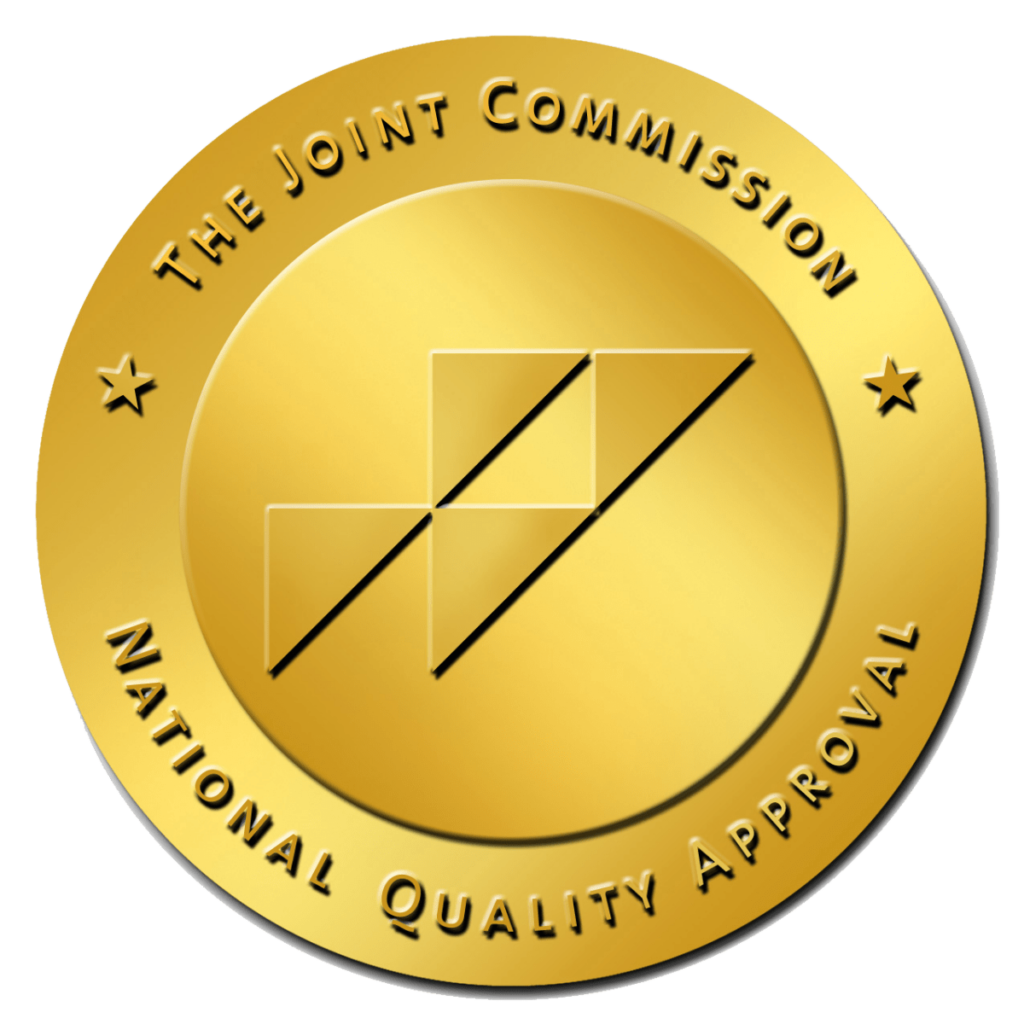Schizoaffective disorder and schizophrenia are two psychiatric disorders that are often misunderstood and confused with one another. While they share some similarities in symptoms and treatment approaches, they also have distinct characteristics that set them apart. This article aims to provide a comprehensive comparison of these two disorders, shedding light on their definitions, symptoms, diagnosis, treatment options, and implications for patients and caregivers. Additionally, we will explore the future research directions in these fields, highlighting advancements in schizoaffective disorder and schizophrenia research.
Understanding Schizoaffective Disorder
Schizoaffective disorder is a chronic mental health condition characterized by a combination of mood disorder symptoms, such as depression or mania, and psychotic symptoms, such as hallucinations or delusions. It falls under the broader category of schizophrenia spectrum disorders but has distinct features that differentiate it from other related disorders.
Schizoaffective disorder is a complex and multifaceted condition that affects individuals in various ways. The symptoms can vary greatly from person to person, making it challenging to diagnose and treat effectively. To gain a deeper understanding of this disorder, it is essential to explore its defining characteristics, symptoms, and available treatment options.
Defining Schizoaffective Disorder
According to the DSM-5 (Diagnostic and Statistical Manual of Mental Disorders), schizoaffective disorder is characterized by a continuous period of mood disturbance, concurrent with schizophrenic symptoms, for a significant portion of the illness. The mood disturbance can manifest as either a major depressive episode, a manic episode, or a mixture of both.
It is important to note that schizoaffective disorder is distinct from both schizophrenia and mood disorders. While it shares some similarities with these conditions, it has its own unique diagnostic criteria and symptomatology. Understanding these distinctions is crucial for accurate diagnosis and appropriate treatment planning.
Symptoms and Diagnosis of Schizoaffective Disorder
Individuals with schizoaffective disorder experience a wide range of symptoms that can significantly impact their daily lives. These symptoms can be categorized into two main groups: mood symptoms and psychotic symptoms.
Mood symptoms may include persistent feelings of sadness, hopelessness, or irritability, as well as changes in appetite, sleep patterns, and energy levels. On the other hand, psychotic symptoms may involve hallucinations, such as hearing voices or seeing things that are not there, and delusions, which are fixed false beliefs that are not based in reality.
Diagnosing schizoaffective disorder can be challenging, as it requires careful assessment of symptoms and ruling out other possible causes. Mental health professionals rely on comprehensive evaluations, including interviews, observations, and psychological assessments, to make an accurate diagnosis. It is crucial to consider the duration, frequency, and severity of symptoms, as well as their impact on daily functioning.
Treatment Options for Schizoaffective Disorder
The treatment of schizoaffective disorder involves a combination of medication, therapy, and supportive care. The primary goal of treatment is to alleviate symptoms, enhance quality of life, and promote overall well-being.
Antipsychotic medications are commonly prescribed to manage psychotic symptoms associated with schizoaffective disorder. These medications work by targeting and reducing the intensity of hallucinations, delusions, and disorganized thinking. Mood stabilizers or antidepressants may also be used to address mood disturbances and stabilize the individual’s emotional state.
In addition to medication, psychotherapy plays a crucial role in the treatment of schizoaffective disorder. Cognitive-behavioral therapy (CBT) can help individuals develop coping strategies, challenge negative thought patterns, and improve problem-solving skills. Family therapy can also be beneficial in fostering understanding, communication, and support within the individual’s social network.
Supportive care, such as case management and psychosocial rehabilitation, can provide individuals with practical assistance, social support, and opportunities for skill-building. These services aim to enhance the individual’s ability to manage daily tasks, maintain relationships, and pursue meaningful activities.
It is important to note that treatment plans for schizoaffective disorder should be individualized and tailored to each person’s unique needs and preferences. Regular monitoring, follow-up appointments, and adjustments to the treatment plan may be necessary to ensure optimal outcomes.
Delving into Schizophrenia
Schizophrenia is a chronic and severe mental disorder that affects how a person thinks, feels, and behaves. It is often characterized by a range of symptoms that can significantly impact an individual’s daily life and functioning.
Defining Schizophrenia
Schizophrenia is a complex disorder that involves a combination of positive symptoms (e.g., hallucinations, delusions), negative symptoms (e.g., social withdrawal, diminished emotional expression), and cognitive impairments. These symptoms can vary in intensity, duration, and frequency, making each individual’s experience unique.
Let’s take a closer look at the positive symptoms of schizophrenia. Hallucinations, which are sensory experiences that are not based in reality, can occur in different forms. Some individuals may hear voices that others cannot hear, while others may see things that are not actually there. These hallucinations can be distressing and make it difficult for individuals to distinguish between what is real and what is not.
Delusions, another common positive symptom of schizophrenia, are false beliefs that are firmly held despite evidence to the contrary. These delusions can take various forms, such as believing that one is being followed or monitored, or that one has special powers or abilities. These beliefs can be deeply ingrained and can significantly impact an individual’s perception of reality.
Symptoms and Diagnosis of Schizophrenia
The symptoms of schizophrenia can be categorized into three main groups: positive symptoms, negative symptoms, and cognitive symptoms. Positive symptoms refer to the presence of abnormal experiences, such as hallucinations or delusions. Negative symptoms refer to the absence or reduction of normal behaviors, such as social withdrawal or lack of motivation. Cognitive symptoms involve difficulties with attention, memory, and executive functions.
Let’s delve deeper into the negative symptoms of schizophrenia. Social withdrawal is a common negative symptom that can lead to a loss of interest in social activities and a decreased desire for social interaction. Individuals may isolate themselves from friends and family, leading to feelings of loneliness and a lack of support. Diminished emotional expression is another negative symptom, where individuals may have difficulty expressing emotions or may appear emotionally flat. This can make it challenging for others to understand and connect with them.
Cognitive symptoms of schizophrenia can also have a significant impact on an individual’s daily life. Difficulties with attention can make it hard to concentrate on tasks or follow conversations. Memory problems can affect the ability to recall information or remember important events. Executive functions, which involve planning, problem-solving, and decision-making, may also be impaired, making it challenging for individuals to navigate daily responsibilities and make sound judgments.
Treatment Options for Schizophrenia
Schizophrenia is typically managed through a combination of medication, psychosocial interventions, and community support. Antipsychotic medications are often prescribed to reduce or alleviate psychotic symptoms. These medications work by targeting specific neurotransmitters in the brain to help regulate brain activity and reduce symptoms such as hallucinations and delusions.
In addition to medication, psychosocial interventions play a crucial role in the treatment of schizophrenia. Cognitive-behavioral therapy (CBT) is a commonly used approach that helps individuals identify and challenge negative thought patterns and develop coping strategies to manage symptoms. CBT can also help individuals improve their social skills and enhance their overall quality of life.
Supported employment programs are another important aspect of psychosocial interventions for individuals with schizophrenia. These programs aim to help individuals find and maintain meaningful employment, promoting independence and a sense of purpose. By providing job training, support, and accommodations, these programs can empower individuals to achieve their vocational goals and enhance their self-esteem.
Community support is also crucial for individuals living with schizophrenia. Support groups, peer counseling, and community-based services can provide a network of understanding and encouragement. These resources can help individuals and their families navigate the challenges of living with schizophrenia and provide a sense of belonging and acceptance.
We Accept Most PPO Insurance Policies
All calls and submitted forms are 100% confidential. Insurance could completely cover the cost of treatment


And Many More
Key Differences and Similarities
While schizoaffective disorder and schizophrenia share some similarities, including overlapping symptomatology and treatment approaches, there are also notable differences between the two disorders.
Understanding the differences and similarities between schizoaffective disorder and schizophrenia is crucial for accurate diagnosis and effective treatment. Let’s delve deeper into these two mental health conditions.
Comparing Symptoms and Diagnosis
One significant difference between schizoaffective disorder and schizophrenia is the presence of mood disturbance in schizoaffective disorder. Schizophrenia typically does not involve prominent mood symptoms. In schizoaffective disorder, individuals experience a combination of psychotic symptoms, such as hallucinations and delusions, alongside mood symptoms, such as depression or mania.
Diagnosing schizoaffective disorder requires the presence of a major depressive or manic episode, in addition to concurrent psychotic symptoms, for a significant period. On the other hand, schizophrenia diagnosis focuses primarily on the presence of psychotic symptoms for a prolonged duration.
It is important to note that accurate diagnosis can be challenging due to the overlapping symptoms and complexities of these disorders. Mental health professionals rely on comprehensive assessments, including clinical interviews, observation, and evaluation of medical history, to make an informed diagnosis.
Treatment Approaches: Schizoaffective vs Schizophrenia
Although both conditions may respond to similar treatment strategies, the emphasis may differ based on symptom presentation. Schizoaffective disorder often requires a combination of antipsychotic and mood-stabilizing medications to target both psychotic and mood symptoms.
Antipsychotic medications, such as risperidone or olanzapine, help alleviate psychotic symptoms by blocking dopamine receptors in the brain. Mood-stabilizing medications, such as lithium or valproate, are used to regulate mood swings and prevent episodes of mania or depression.
In contrast, schizophrenia primarily focuses on managing positive and negative symptoms through targeted antipsychotic interventions. Positive symptoms, including hallucinations and delusions, are addressed by reducing excessive dopamine activity in the brain. Negative symptoms, such as social withdrawal and reduced motivation, may be managed through psychosocial interventions, such as cognitive-behavioral therapy and social skills training.
It is important to note that treatment plans are highly individualized and may involve a combination of medications, therapy, and support services tailored to the specific needs of each person.
Understanding the differences and similarities between schizoaffective disorder and schizophrenia is crucial for accurate diagnosis and effective treatment. While both disorders can be challenging to manage, with proper care and support, individuals can lead fulfilling lives.
Implications for Patients and Caregivers
Living with schizoaffective disorder or schizophrenia can have a significant impact on the individual’s life, as well as their caregivers. Understanding the challenges and implications of these disorders is essential for providing appropriate support.
When it comes to schizoaffective disorder, individuals may face difficulties in various areas of life. Relationships can become strained as the symptoms of the disorder, such as mood swings and hallucinations, can make it challenging to maintain healthy connections. Additionally, work can be a struggle for those with schizoaffective disorder, as the symptoms can interfere with concentration, motivation, and overall productivity. Self-care is another aspect that can be affected, as individuals may find it difficult to engage in activities such as grooming, eating well, and getting enough rest.
To effectively manage schizoaffective disorder, ongoing support is crucial. Mental health professionals play a vital role in providing therapy, medication management, and coping strategies. Family members and caregivers also play a significant part in the individual’s journey, offering emotional support, helping with daily tasks, and encouraging adherence to medication. Community resources, such as support groups and vocational rehabilitation programs, can further enhance the individual’s ability to manage their symptoms and maintain a fulfilling life.
On the other hand, living with schizophrenia can be particularly challenging. This disorder can often be disabling, affecting an individual’s ability to work, maintain relationships, and engage in basic activities of daily living. The symptoms of schizophrenia, including delusions, disorganized thinking, and social withdrawal, can make it difficult for individuals to function in society.
Supportive environments are crucial for individuals living with schizophrenia and their caregivers. Housing assistance programs can provide stable and safe living conditions, ensuring that individuals have a place to call home. Vocational training programs can help individuals develop the necessary skills to find and maintain employment, promoting independence and a sense of purpose. Social services, such as case management and peer support, can also play a significant role in helping individuals navigate the challenges associated with the disorder.
Overall, the implications of living with schizoaffective disorder or schizophrenia extend beyond the individual themselves. Caregivers, whether they are family members or healthcare professionals, play a vital role in providing support and ensuring the well-being of those affected by these disorders. By understanding the challenges and implications, we can work towards creating a more inclusive and supportive society for individuals living with schizoaffective disorder or schizophrenia.
Future Research Directions
The field of schizoaffective disorder and schizophrenia research is continually evolving, aiming to better understand the causes, mechanisms, and treatment options for these disorders.
Advancements in Schizoaffective Disorder Research
Ongoing research in schizoaffective disorder aims to refine diagnostic criteria, identify genetic and neurobiological markers, and explore new treatment modalities. These advancements may enhance early detection, personalized treatment approaches, and improved long-term outcomes for individuals with schizoaffective disorder.
Progress in Schizophrenia Research
Researchers studying schizophrenia are exploring various avenues, including the neurobiology of the disorder, the role of genetic and environmental factors, and innovative treatment interventions. The ultimate goal is to develop more effective and targeted treatments, reduce stigma, and enhance the overall well-being of individuals living with schizophrenia.
In conclusion, schizoaffective disorder and schizophrenia, while sharing certain commonalities, are distinct psychiatric disorders with unique characteristics. Understanding their definitions, symptoms, diagnosis, treatment options, and implications is essential for healthcare professionals, patients, and caregivers alike. Ongoing research in these fields continues to expand our knowledge and may pave the way for advancements in diagnosis, treatment, and support systems, ultimately improving the lives of those affected by these disorders.


